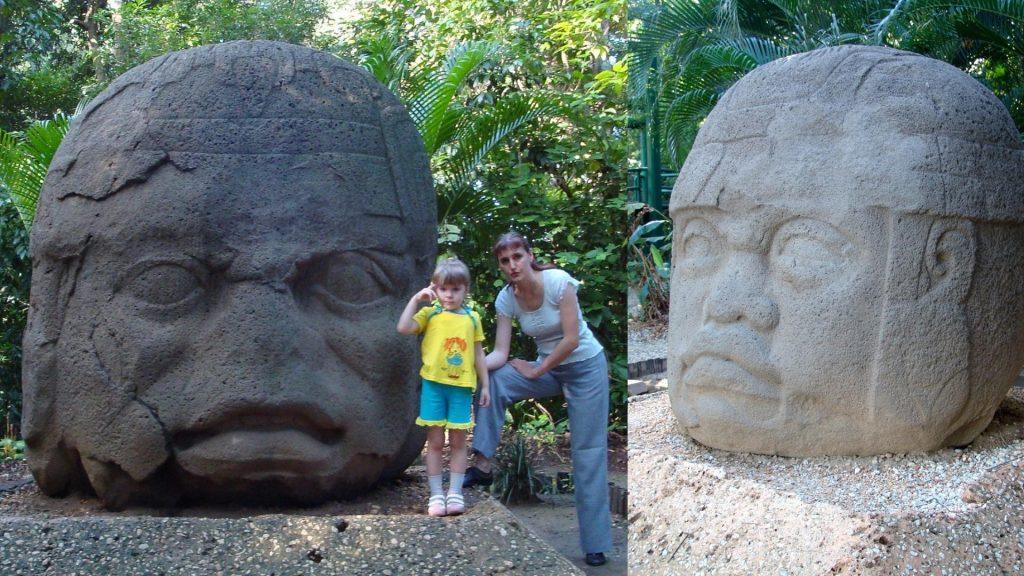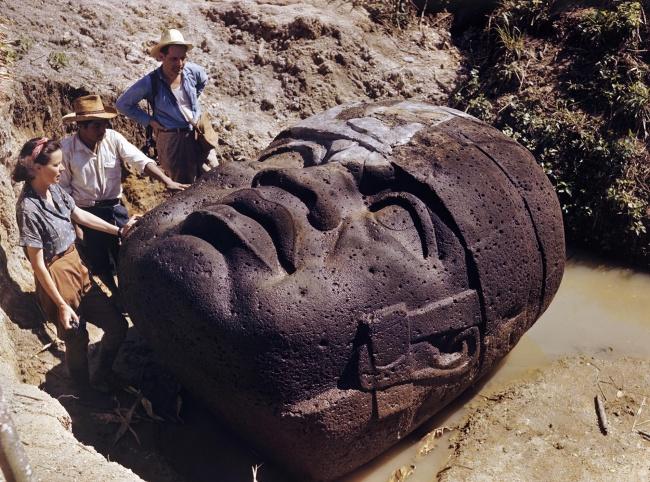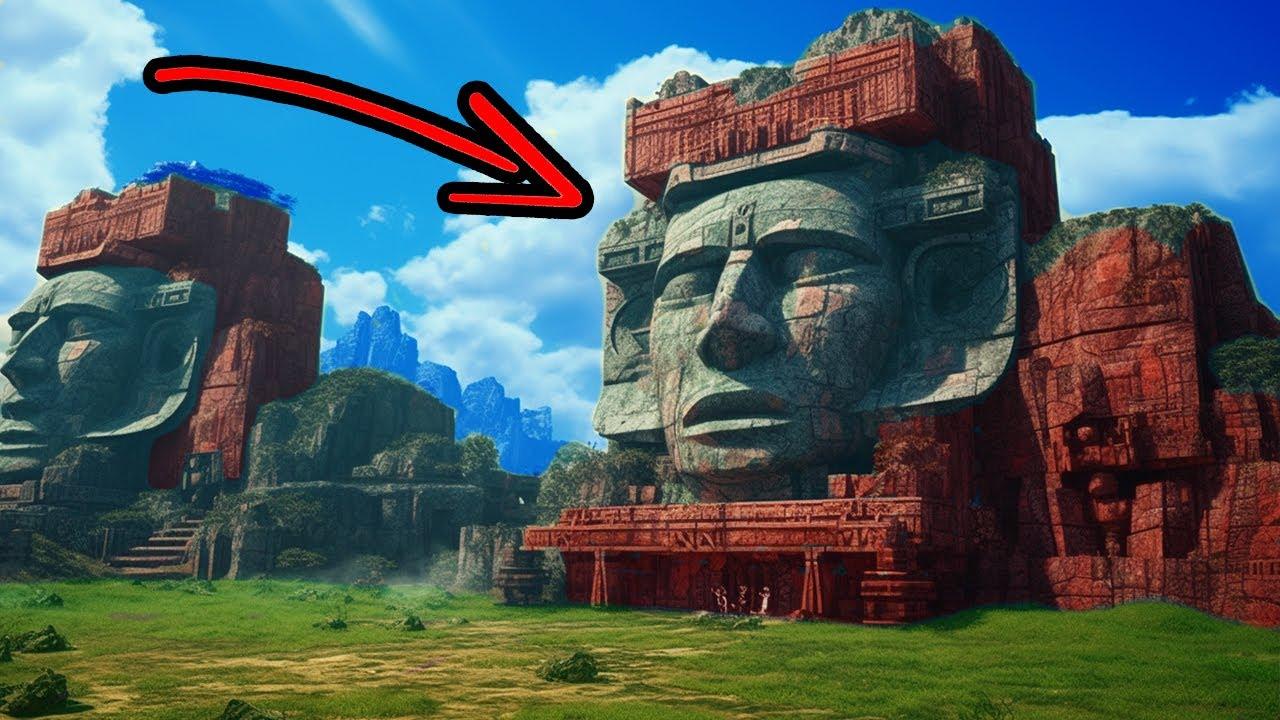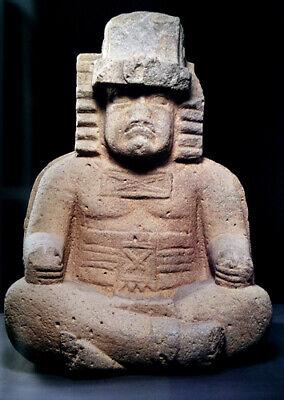Exploring the enigmatic Olmec Civilization: Vanished without a trace, leaving behind their iconic colossal heads, baffling all who encounter them.

The enigmatic Olmec civilization, one of the oldest in Mesoamerica, continues to puzzle historians and archaeologists with its sudden disappearance and the enigmatic remnants it left behind. Known for their colossal stone heads, the Olmecs thrived in what is now modern-day Mexico from around 1400 BCE to 400 BCE. However, despite their cultural significance and architectural achievements, the Olmec civilization seemingly vanished without a trace, leaving behind a legacy shrouded in mystery.

The Olmec civilization flourished primarily in the southern Gulf Coast region of Mexico, where they established several impressive cities and ceremonial centers. These centers, such as La Venta and San Lorenzo, featured monumental architecture, including large earthen mounds and plazas adorned with intricate stone carvings and sculptures.

However, it is the colossal stone heads for which the Olmecs are most famous. Carved from volcanic basalt, these massive sculptures depict the distinct facial features of Olmec rulers or deities, characterized by broad noses, thick lips, and elongated heads. Standing as tall as ten feet and weighing several tons, these heads are a testament to the Olmecs’ skill in sculpture and engineering.

Despite their architectural prowess and cultural achievements, the Olmec civilization experienced a sudden decline around 400 BCE. The reasons for their demise remain a subject of debate among scholars. Some theories suggest environmental factors, such as deforestation and soil erosion, may have contributed to their downfall. Others propose internal strife, warfare, or political instability as possible causes. However, no definitive explanation has been agreed upon, and the disappearance of the Olmecs remains one of the enduring mysteries of ancient history.
The lack of written records from the Olmec civilization further complicates efforts to unravel their secrets. Unlike later Mesoamerican cultures such as the Maya and Aztecs, the Olmecs did not leave behind decipherable texts or inscriptions. As a result, much of what is known about them comes from archaeological excavations and interpretations of their art and iconography.

Despite their disappearance, the legacy of the Olmec civilization endures. Their influence can be seen in the cultural practices and artistic styles of subsequent Mesoamerican civilizations, including the Maya and Aztecs. The colossal stone heads, in particular, have become iconic symbols of ancient America, captivating the imagination of people around the world.
In conclusion, the Olmec civilization stands as a testament to the ingenuity and creativity of ancient Mesoamerican cultures. Their sudden disappearance, coupled with the iconic remnants they left behind, continues to intrigue and mystify researchers to this day. Unraveling the mysteries of the Olmecs remains an ongoing endeavor, as scholars strive to piece together the puzzle of this enigmatic civilization and shed light on its place in the tapestry of human history.











